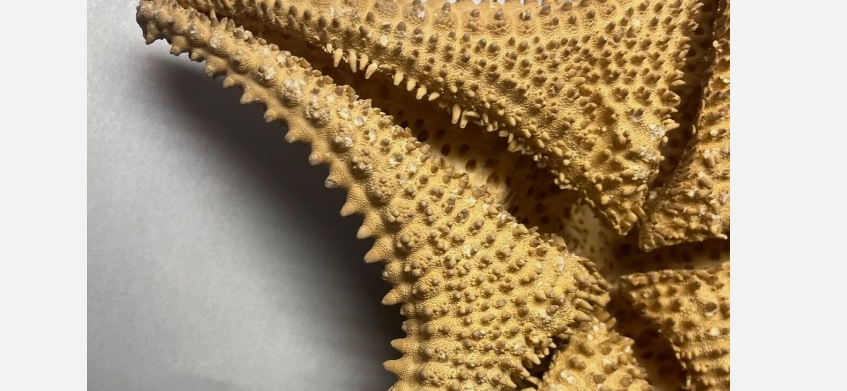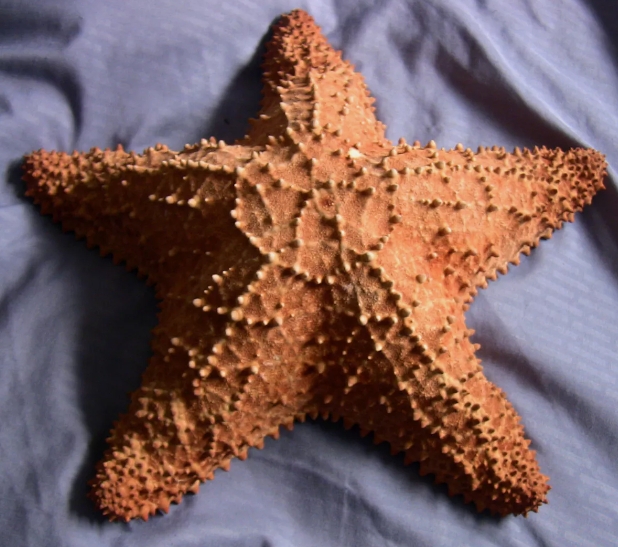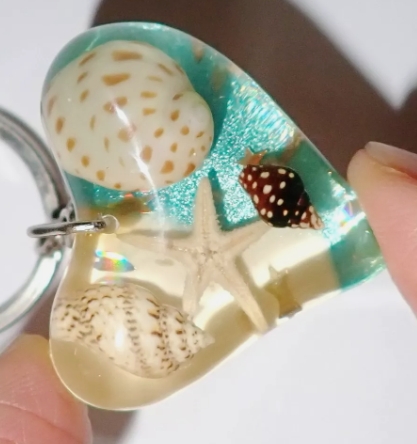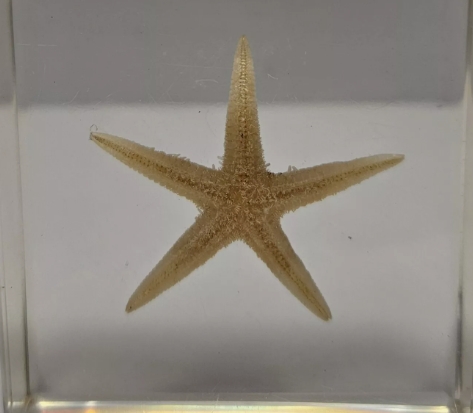Starfish, as unique creatures in the ocean, have about 1,500 different species. Their bodies are usually radiating, symmetrical forms and rich colors make them a highlight of nature. Starfish also play an important ecological role as predators and scavengers, helping to maintain the ecological balance.
The process of preparing starfish specimens is both scientific and artistic. First, freshly caught or collected starfish are cleaned to remove attachments. Next, it is fixed with formalin or ethanol to maintain the integrity of the form. The fixed starfish can be dried and finally placed in a display box with an information label for easy research and teaching.
Starfish specimens play an important role in biology education, helping students and researchers to observe their anatomy and physiological characteristics. In addition, the diversity and beauty of starfish also make them popular objects in many museums and personal collections. Through these specimens, people can not only deeply understand the wonders of Marine life, but also stimulate the concern and enthusiasm for Marine ecological protection.




